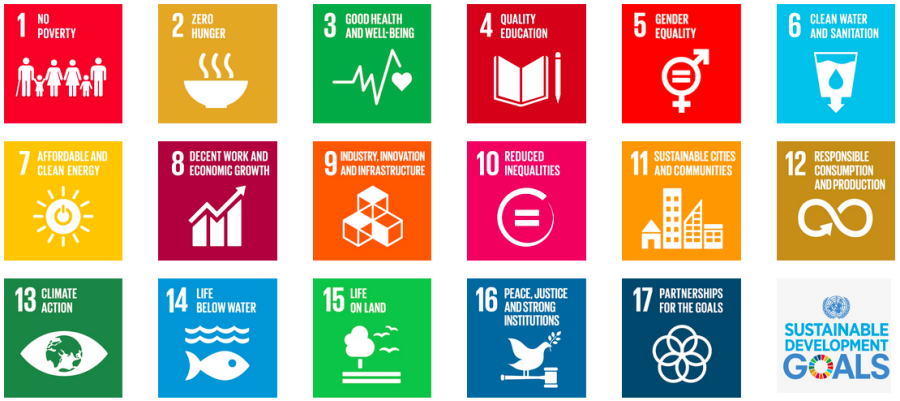The UN Shifts from 8 MDGS to 17 SDGs: Now What?
On September 25th, 2015, (during its annual General Assembly) the United Nations announced its replacement of its 8 Millennium Development Goals (which it had adopted in 1990) with 17 Sustainable Development Goals. The United Nation’s 193 member countries’ signing of the 17 SDGs is a commitment to a roadmap to end poverty and hunger, fight inequality and conquer climate change over the next 15 years, or 800 weeks (by 2030).
The SDGs are ambitious, but the ambition is driven by the proven success of the MDGs. While not all MDG goals have been met, in striving towards them, incredible development milestones have been attained:
- Extreme poverty has been cut in half since 1990.
- Primary education enrollment has reached 90% globally.
- 17,000 fewer children die each day than in 1990.
- 2.3 billion people gained access to clean drinking water.
The new SDGs are laudable, but they are also expensive: in describing the shift from MDGs to SDGs, the World Bank has coined the phrase “Billions to Trillions.”
Not all the money should (or indeed can) come from donations from member governments. The private sector is explicitly invited to support initiatives. They are certainly the engine behind economic development and job creation and, simply through their hiring practices, can be tremendous drivers of gender equality and the education of women and girls.
Giving further hope and support, the Secretary General of the OECD (Organization for Economic Cooperation and Development) has said that trillions can indeed be found by stopping illicit financial flows (Asymmetrica’s mission) and bringing them into the light.
This is not about regulation; over-regulation is anathema to us at Asymmetrica, for we see how criminals and terrorists exploit it to grow the black market, taking money out of the light and off the grid, into the dark. This is about transparency. Money should flow freely and “lift all boats,” developing countries, supporting tax-paying legitimate businesses and giving individual citizens the tools to lead the life they have reason to value, as dyed-in-the-wool moral political philosophers like to to say.
Ending corruption is a key component.
Effective global governance is key to continuing human development. With greater development and equality, there will be less conflict. Reducing transnational organized crime and the corruption that enables it and preys on the poorest citizens is an important component. In fact, the peaceful, inclusive and just institutions are one of the SDGs.
Goal 16 reads: “Promote peaceful and inclusive societies for sustainable development, provide access to justice for all and build effective, accountable and inclusive institutions at all levels.” One of the key targets incorporated under Goal 16 reads: “Substantially reduce corruption and bribery in all its forms.” Transparency International, which was a key in developing SDG 16, yesterday endorsed the SDGs: “By entwining anti-corruption and the quest for justice within its very fabric, the SDGs can represent the realization of the hopes of all good people. The SDGs amount to a vision of a far better, more human, world where people everywhere can live in dignity.”
At Asymmetrica, developing a more transparent, just, peaceful and humane world is our mission. Attaining the SDGs will require the whole-of-society approach that we endorse: government, business, civil society and NGOs. We humbly accept our little corner of the global challenge and say: “Hurrah, SDGs!”
![]()




1 Comment
Leave your reply.